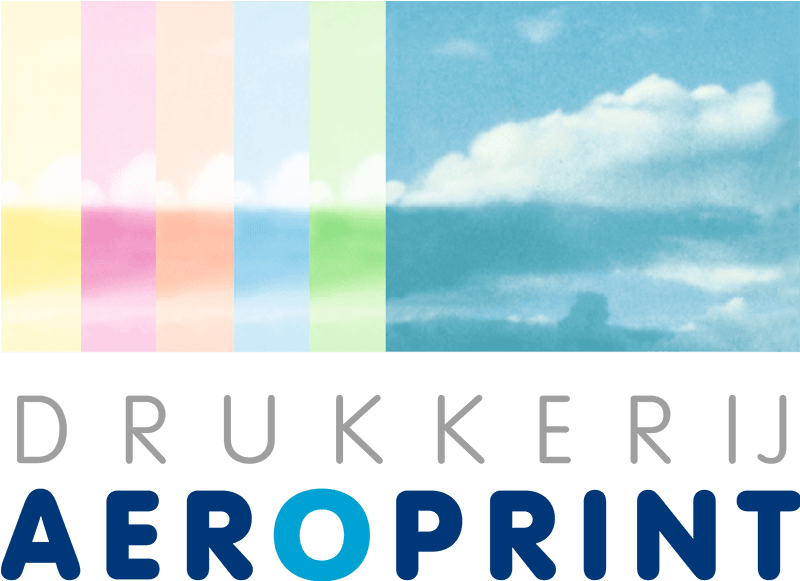
RESOLUTION
An important aspect of your design is the resolution of your images. "300 dpi" has been the defacto standard for years on end in the graphic industries. And while this is still a pretty decent guideline, in reality it's a bit more complex.
Effective resolution
As mentioned 300 dpi is a decent guideline. Do realise that it's important to use the image in it's native size. When you scale the image the resolution decreases proportionally. Consequently, when you scale a 300 dpi image to 200%, suddenly the resolution is merely 150 dpi. That's what we would call 'effective resolution'. Most software will show you both the effective resolution as well as the absolute resolution. In Indesign you will find this information in the Links panel. Please keep this in mind when placing an image in your document!
No better quality available?
Sometimes there's simply no higher resolution or quality image available. Or perhaps your design is so large that it's absolutely necessary to scale the image. What would be the lowest possible resolution that will still give you an acceptable result? This question is hard to answer properly, since it usually depends on several variables:
- how large is the design and what is its viewing distance?
- Is the image rich in contrast with loads of sharp edges, or is it an image with smoothly blended colors?
- what's the purpose of the image… is it supposed to be an eyecatcher, or is it subordinate to the design?
When viewing a poster from a comfortable distance, 150 dpi will mostly suffige. A picture of the setting sun may look more than acceptable, while an illustration with oblique lines may appear pixelated and blurry. Resolution and quality are perhaps less of an issue when it comes to a flipover for a business presentation, but can be all the more important when printing a life-size portrait for an advertising campaign.
Screening
In (offset) printing we are dependant on (halftone) screening. The fineness of the screening usually expressed in lines per inch (lpi). Sometimes when dealing with very fine, hybrid or stochastic screening it may be beneficial to deliver your images in a higher resolution than the aforementioned 300 dpi. If this is the case, please feel free to contact us for advise.
Compression
Often compression is used to restrain the filesize of an image. A well known compression method is JPEG. Besides low resolution this is one of the more common causes of quality issues. An image that's been repeatedly saved as a (lower quality) JPEG, might even look worse than an image that lacks resolution. This can be prevented by always choosing the best available quality and by avoiding compression whenever possible.
